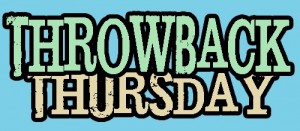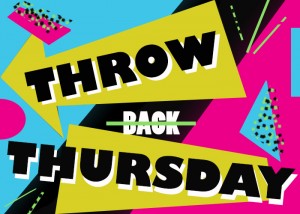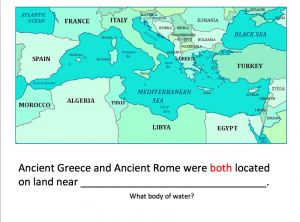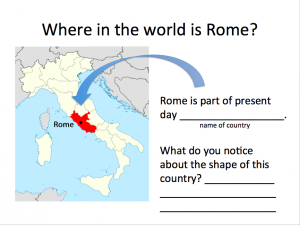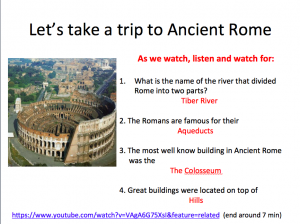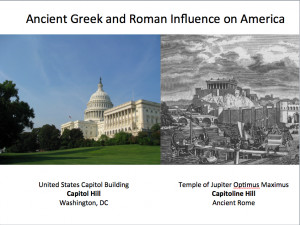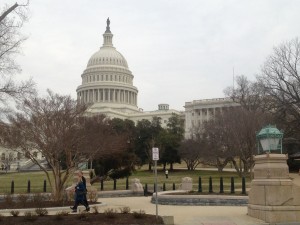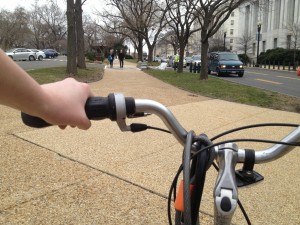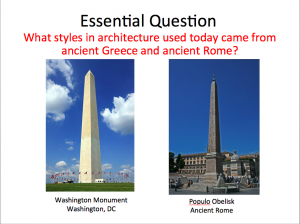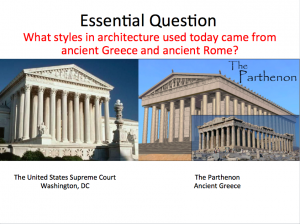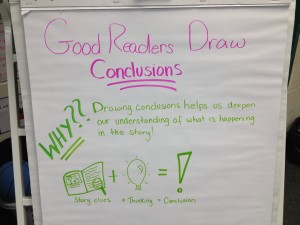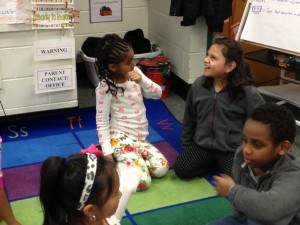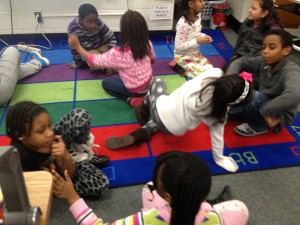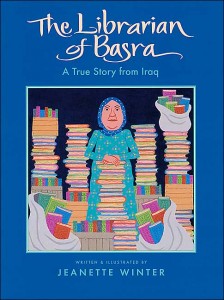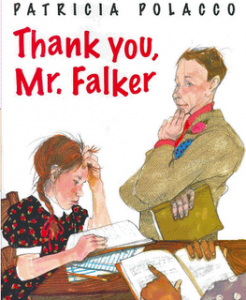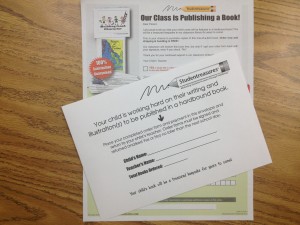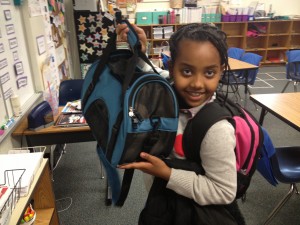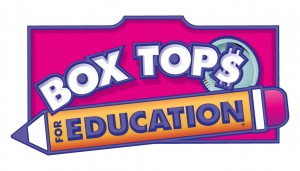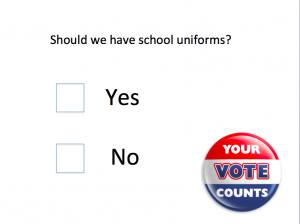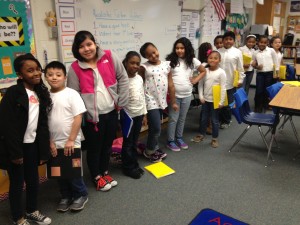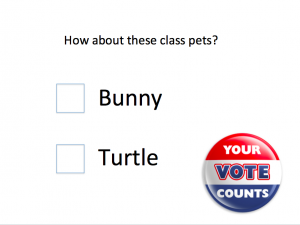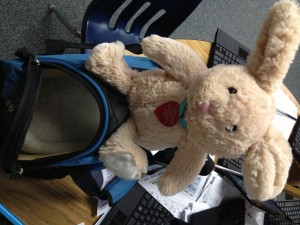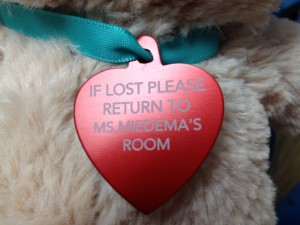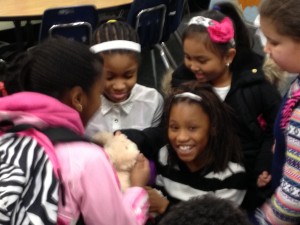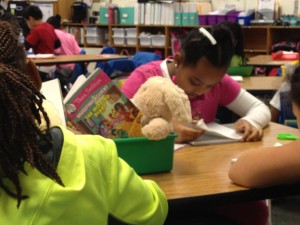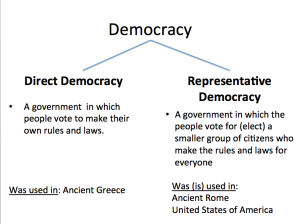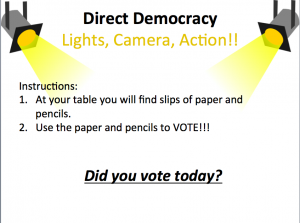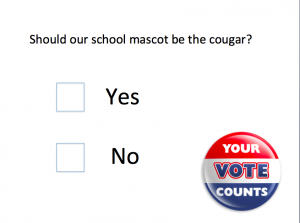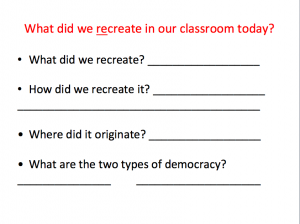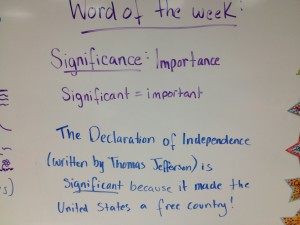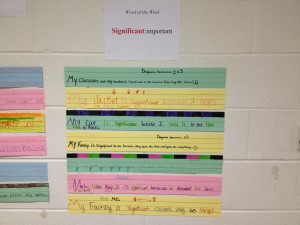Room 40 students, remember when we learned about opportunity cost? Check out this link to refresh your memory: https://msmiedemasclass.edublogs.org/2014/01/08/opportunity-cost/
Ms. Miedema read an excerpt from The Talented Clementine (pp. 67-68) by Sara Pennypacker:
My parents always try to bribe each other into taking me shopping, which I do not think is funny. But–okay, fine–I take a really, really long time in stores. My parents think I have a hard time choosing things, but that’s not it. I can choose things just fine. The problem is, whenever you have to choose something, that means you have to not-choose about a hundred other things. Which is not so easy.
Like in the candy store. If you choose peanut butter cups you have to not-choose red licorice and M&M’s and Starbursts and bubble gum. And Tootsie Rolls and Gummi Worms and Pixy Stix.And no matter what you pick, as soon as you take the first bite, you suddenly know you wanted one of the other ones.
Who hasn’t this happened to?! We discussed all of the things we have had to not choose in order to choose something else, and then we put a name to this phenomenon: opportunity cost.
To help us understand the concept we were given a double sided coloring sheet (penguin on one side, hippo on the other side). We were given 10 minutes to color in both sides of our coloring page – in third grade we take our coloring very seriously. The results were beautifully colored penguins and hippos. But then Ms. Miedema said we had to pick our favorite! For some of us that was very hard to do! Once we had chosen our favorite- we labeled it as our economic choice(the choice you make when you are given alternatives).Then, Ms. Miedema made us turn over our paper and label the other picture our opportunity cost. Once we started to cut out our favorite, our economic choice, we soon realized that our opportunity cost was the alternative that was given up when we made our choice.
Here are the vocabulary words we learned during this lesson:
Economic Choice: The choice you make when you are given alternatives (other options).
Opportunity Cost: The next best choice that is given up when an economic choice is made.
We used this sentence stem to describe what happened: “My economic choice is _________________. My opportunity cost is _____________ because it was the next best choice.
ROOM 40 TBT (Throwback Thursday) CHALLENGE: In the comment section tell us about a time you had to make an economic choice. What was your opportunity cost? Use the sentence stem and definitions to help guide you. Good luck!!!

